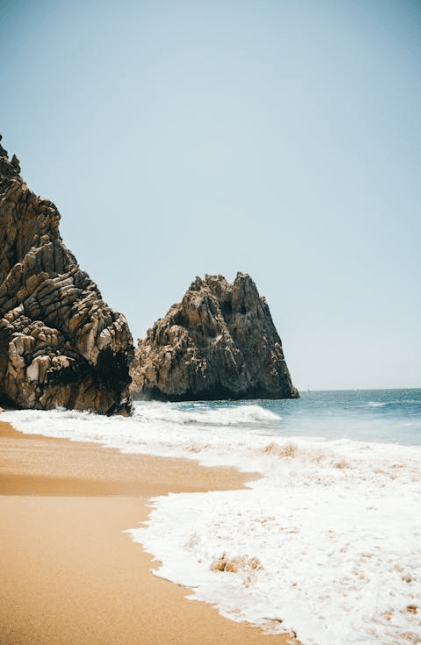Amazing Croatia Travel Guide

The Republic of Croatia is a country in Central Europe, situated at the crossroads of the Pannonian Plain, the Balkans, and the Adriatic Sea.
Its capital and largest city are Zagreb. Its shape resembles that of a crescent or a horseshoe, and its mainland territory is split into two non-contiguous parts by the short coastline of Bosnia and Herzegovina around Neum. The country is divided into 20 counties.
Experiencing Croatia
The country’s World Heritage Sites include the historical complex of Split with the Palace of Diocletian, the Old City of Dubrovnik, Plitvice Lakes National Park, Episcopal Complex of the Euphrasian Basilica in the Historic Centre of Porec, the Historic City of Trogir, the Cathedral of St. James in šibenik, and The Stari Grad Plain — the island of Hvar.
In the north, Croatia begins with the Istrian peninsula, known for truffle hunting and sea kayaking. In Pula, Istria’s administrative center and chief port, visitors can see a concert at the 5th century BC Arena, a well-preserved Roman amphitheater.
In Split, travelers can visit the 1,700-year-old Diocletian´s Palace, open-air green and fish markets, and the Split Summer Festival. In Zagreb, visitors can take in the historic monuments of Gornji Grad, or Upper Town; the Cathedral; St Mark’s Church, noted for its tiled roof; and the Sabor, the Croatian parliament, before moving on to the museums of 19th-century Donji Grad, or Lower Town.

North of Zagreb are the hills and vineyards of Zagorje, where visitors can explore the Veliki Tabor and Trakošcan castles. While in Dubrovnik’s Old Town, visitors will likely want to walk a circuit around Dubrovnik’s 13th-century city walls and see the Rector’s Palace, the Franciscan Monastery, and baroque churches. The small medieval city of Trogir offers Romanesque cathedral and Venetian Gothic stone buildings.
Croatia cuisine varies by region. In the eastern continental parts of the country, spicy sausage such as kulen is very popular. Cobanac (“shepherd’s stew”) is a mixture of several different kinds of meat with a lot of red spicy paprika.
In Hrvatsko, Zagorje, and Central Croatia, pasta filled with a cheese called štrukli is a famous delicacy, as is purica s mlincima, baked turkey with a pastry. Sir i vrhnje, or sour cream with cottage cheese can be bought fresh on the Zagreb main market of Dolac.
In mountainous regions of Lika and Gorski Kotar, meals made of mushrooms, wild berries, and wild meat are quite typical. The coastal region is well known for truffle delicacies and soup maneštra od Bobic (Istria), Dalmatian pršut, and paški sir (Pag-island cheese).
Also, the country’s most well-known dessert is likely a creamy cake called kremšnite, but different kinds of strudel and pie-like desserts are also commonly found.
Croatian Transportation
The country’s main airports are Pleso International in Zagreb, which is about 10 miles southeast of the city; the Dubrovnik airport, roughly 11 miles southeast of the city; the Split airport, about 16 miles northwest of the city; Pula’s airport, five miles northwest of downtown; and Rijeka’s airport, approximately 17 miles from the city and the island of Krk. Buses run between all airports and city centers.
Croatian Weather

Croatia has a varied climate, with continental climate conditions in the north and Mediterranean weather on the Adriatic coast. Most visitors to the country go between June and September, but in the late fall and early spring, it isn’t as hot and prices are also less expensive.
Need help planning your next trip? The Trip Atelier takes the stress out of vacation planning. Schedule a consultation and start crafting a memorable vacation today.






